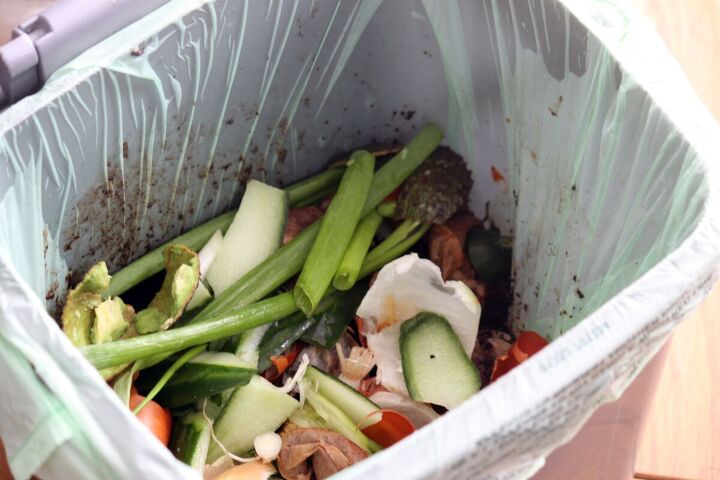5 Grocery Shopping Tips For Managing Food Allergies on a Budget

If you have food allergies, you may wonder how to shop for food on a budget. It’s possible to save money on your grocery bill even if you have food sensitivities. You don’t have to spend a million dollars on food just because you have a restrictive diet.
I know there are plenty of temptations when it comes to allergy food shopping and there weren’t that many items available 10 years ago. But now there are so many yummy gluten-free muffins and other alternative foods that are pretty expensive.
If you feel like that’s your only option for managing allergies, it gets so, so expensive. But it doesn’t have to be like that, even if your diet is complicated!
For example, some of the main things I avoid are gluten, dairy, and basically all grains. So how do I deal with this at the grocery store?
I see all these great videos that talk about eating for $10 a meal–like tacos, pasta, French toast, and other types of foods like this. But I can’t eat these foods without getting seriously ill! So what’s the solution to saving money when your diet is complicated? Here are a few of my own tips:
Tips for managing food allergies on a budget
1. Shop once a week
Shop once weekly and with a list. This one tip helps you to avoid so many other pitfalls. If we run out of something essential, like eggs, we’ll start to think of other things we “need” when we’re at the store just to get eggs. So we add them to the list and before you know it, this trip to the store just to get eggs has grown to $50 worth of items.
If you do that once or twice a week, it starts to add up. So if you go to the store once a week, you will avoid more add-on items that you could have waited for.
2. Wasting food
If you go shopping more than once a week, you won’t end up eating all the food in your fridge. So if you stretch food till the end of the week, it helps you to look in the back of the fridge for food and eat those last vegetables that you’ve been avoiding.
This helps you avoid less waste in your budget and less food in the trash. I think a lot of food is wasted because people go to the store too soon.
3. Impulse shopping
Go to the store once a week to avoid impulse shopping or shopping for items for one special meal at a time. That happens when I look through magazines for recipes that require buying one specialty item, such as marmalade, for example. Naturally, everything you need is expensive! By setting a rule that you only go to the store once a week, you won’t give in to temptations.
4. Go shopping when it’s less busy
For us, it works best if we go shopping on the weekends because we have more time to shop and our critical thinking skills are working better. That way we avoid impulse buying.
5. Avoid lookalike products
Those expensive lookalike products have to go. For example, if you’ve gone gluten-free, don't buy gluten-free muffins or donuts. Don’t try to buy replacements for things you’re restricted from eating. Not only is it expensive, the items often taste disgusting.
Gluten-free bread has gotten so much better tasting, but it’s still very expensive. It also isn’t always better for you than the gluten version.
You need to have a few fun foods that you know will work for you and that you can make at home. So what kind of snacks can I make at home? You can come up with your own weird snacks, but one of my favorites is a mixture of puffed millet, sunflower seed butter, and maple syrup mixed. It’s sweet, salty, and has protein in it, and it hits the spot.
Another fun spot is candied chickpeas. All you need is a can of chickpeas and sugar you cook in the oven. Look for more snacks at Elana’s Pantry.
It helps to have recipes to turn to because some recipes for alternative foods, like gluten-free items, take too much time to make and they don’t taste very good.
How to manage food allergies on a budget
Do you have any food sensitivities or restrictive dieting needs? Let us know in the comments how you shop for food allergies on a budget.





















Comments
Join the conversation